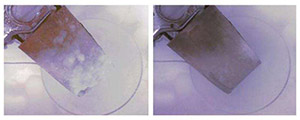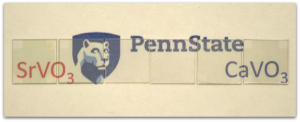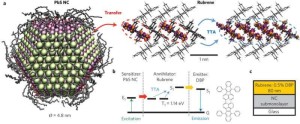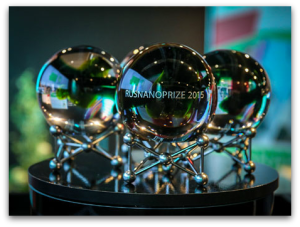Do you want to be forever externalized? Then look no further than this new quartz coin that can store the history of humankind for 14 billion years.
As if the previous breakthrough of quartz glass storage that yielded a self-life of 300 million years wasn’t enough, the new research take nanotechnology to a whole new level.
To understand exactly how long 14 million years is, check out these stats via Futurism:
- Age of Earth: 4.534 billion years
- Age of the Universe: 13.82 billion years
The research comes out of Southampton University, where the group has essentially developed a way to fit on just one sliver of nanostructured quartz 350TB of information.
This form Futurism:
The technique uses femtosecond laser pulses to write data in the 3D structure of quartz at the nanoscale. The pulses create three layers of nanostructred dots, each just microns above the other. The changes in the structure can be read by interrogating the sample with another pulse of light and recording the orientation of the waves after they’ve passed through.
At the very least, this development in 5D storage will change the way we archive historical information.






